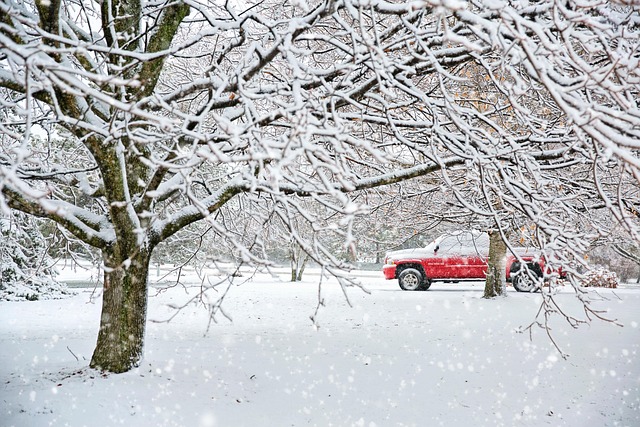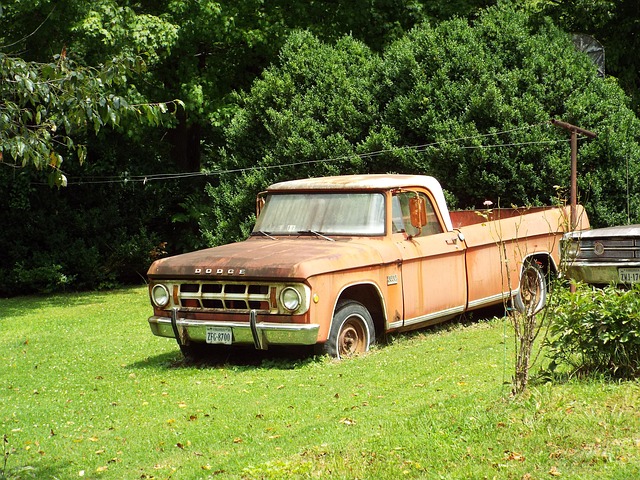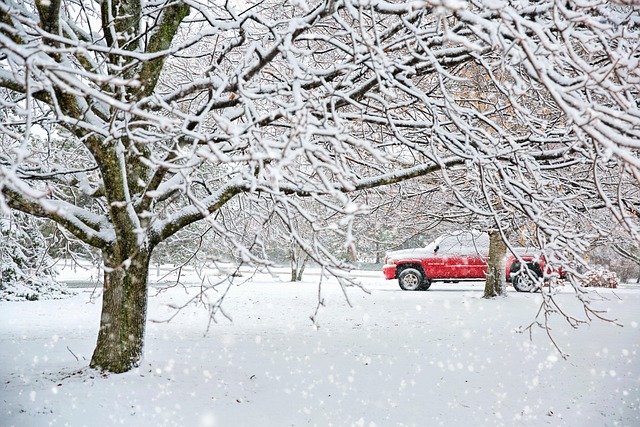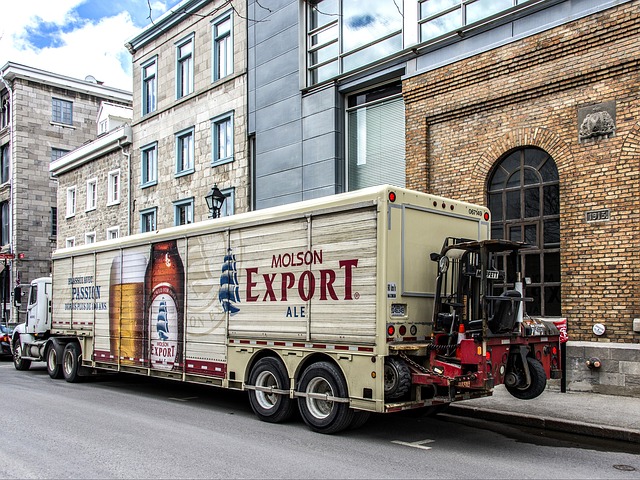Physical damage policies are crucial for auto insurance, covering vehicle repairs, replacements, and alternative transportation costs after accidents or natural disasters. Collision coverage is a key component, safeguarding drivers from unforeseen incidents and maintaining vehicle value through fair compensation. These policies offer peace of mind, protecting against various scenarios like fender benders, severe collisions, theft, vandalism, and natural disasters. By selecting tailored comprehensive coverage options and keeping organized documentation, policyholders can streamline the claims process, ensuring a safe and efficient back-on-the-road transition.
Protecting your vehicle from unexpected physical damage and collisions is crucial. This comprehensive guide delves into the significance of physical damage and collision coverage, clarifying what these policies entail. We explore why such insurance is vital for vehicle owners, dissect key components of effective physical damage insurance, and outline best practices for making claims. Understanding these policies can empower you to make informed decisions regarding your automotive security.
Understanding Physical Damage Policies: What They Cover

Physical damage policies are a crucial aspect of auto insurance, offering protection against various types of vehicle damage. These policies go beyond the standard coverage and provide comprehensive support for physical alterations or destruction of your vehicle. In simple terms, they cover repairs or replacements when your car experiences accidents, natural disasters, or other unforeseen events.
When you have physical damage coverage, you can rest assured that expenses related to fixing or rebuilding your vehicle will be taken care of. This includes costs for parts and labor, as well as alternative transportation if your car is not drivable following the incident. Such policies ensure that you are financially protected, allowing you to focus on getting back on the road safely and efficiently.
Why Collision Coverage is Essential for Vehicle Protection

Collision coverage plays a pivotal role in comprehensive vehicle protection, offering vital safeguards against unexpected incidents on the road. This type of insurance is essential for several reasons. Firstly, it provides financial peace of mind by covering significant expenses associated with accidents, including repair or replacement costs for your vehicle. Physical damage policies that include collision coverage are designed to protect you from bearing the brunt of these costs out of pocket.
Moreover, collision coverage ensures you’re prepared for a range of potential scenarios, from minor fender benders to more severe collisions. It helps maintain the value of your vehicle over time by accounting for physical damage, ensuring you receive fair compensation when needed. This feature is particularly valuable as it allows you to focus on post-accident procedures without worrying about financial burdens.
Key Components of Effective Physical Damage Insurance

Physical damage insurance is a crucial component in protecting your vehicle from unforeseen events, offering peace of mind on the road. The key elements of an effective physical damage policy encompass comprehensive coverage options tailored to specific needs. One such option is collision coverage, which steps in when your vehicle encounters another object or vehicle, whether through an accident or unexpected debris on the highway. This ensures repairs or replacements are covered, providing financial security during challenging times.
Additionally, physical damage policies often include comprehensive protection against various perils like theft, vandalism, and natural disasters. These policies may also offer options for custom parts and accessories, ensuring that unique modifications made to your vehicle are secured. By carefully choosing the right coverage levels, individuals can safeguard their vehicles from significant financial losses stemming from unexpected incidents.
Claims Process and Best Practices for Policyholders

When it comes to protecting their vehicles from physical damage and collision, policyholders should be aware of a streamlined claims process. The first step is to notify your insurance provider as soon as possible after the incident. This can typically be done over the phone or through an app provided by the company. It’s essential to have all necessary details ready, including location, date, time, and a brief description of what happened. Your insurer will then guide you through the rest of the process, which may involve arranging for a tow truck, estimating repair costs, and providing proof of ownership.
To ensure a smooth claims experience, policyholders should keep important documentation organized. This includes insurance policy details, vehicle registration papers, and any repair estimates or invoices. Additionally, taking clear photos of the damage can significantly aid in the claims process. Promptly responding to requests for information from your insurer and keeping open lines of communication will help expedite the settlement. Remember, staying informed and following best practices can make all the difference in getting back on the road safely and efficiently after an accident.
Protecting your vehicle from physical damage and collisions is crucial, and comprehensive coverage can offer peace of mind. By understanding the key components of physical damage policies, including what they cover and the claims process, you can make informed decisions to safeguard your investment. Collision coverage is an essential element that ensures thorough protection against various driving risks, making it a vital component of any vehicle insurance portfolio.
